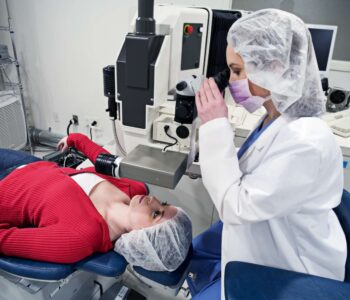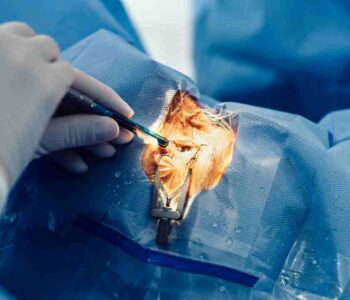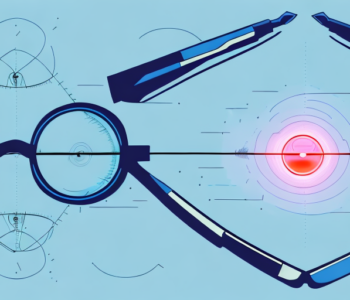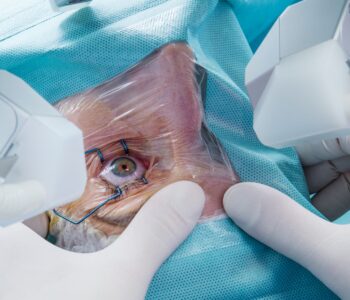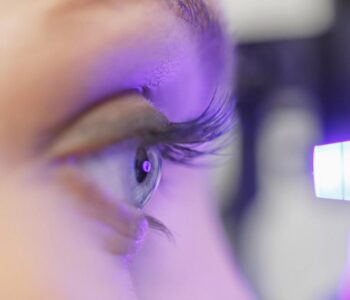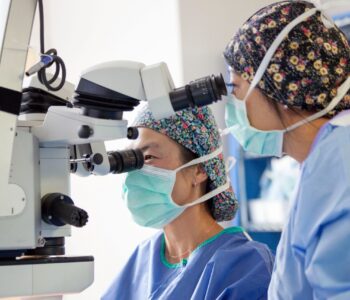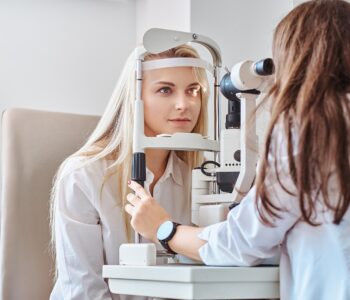 Cataracts Surgery
Cataracts Surgery
Comparing Traditional vs. Laser-Assisted Cataracts Surgery
Cataracts are a common eye condition that can significantly impact vision. The development of cataracts occurs when the lens of the eye becomes cloudy, leading to blurred vision, decreased color perception, and difficulty seeing at night. In this article, we will explore the differences between traditional cataract surgery and laser-assisted cataract surgery to help you make an informed decision about the best treatment option for you.
Understanding Cataracts and Their Impact on Vision
What are Cataracts?
Cataracts are opacity or cloudiness that develops in the lens, the transparent structure located behind the iris and pupil. The lens plays a crucial role in focusing light onto the retina, which then sends signals to the brain for visual interpretation. When cataracts form, they obstruct the passage of light, resulting in blurred vision and other visual disturbances.
The clouding of the lens is often due to the natural aging process, known as age-related cataracts. However, cataracts can also be caused by other factors such as long-term exposure to ultraviolet light, certain medications, or medical conditions like diabetes. In some cases, cataracts may even be present at birth or develop in childhood due to genetic abnormalities.
How Do Cataracts Affect Vision?
Cataract Surgery Sydney can cause a variety of visual disturbances, depending on their size and location within the lens. As the cataract progresses, vision becomes increasingly blurred, making it difficult to see objects clearly. This blurriness can range from a mild haziness to a significant reduction in visual acuity.
In addition to blurred vision, cataracts can also lead to increased sensitivity to glare. When light enters the eye, it scatters off the cataract, causing a halo or glare effect around bright lights. This can be particularly problematic when driving at night or in brightly lit environments.
Furthermore, cataracts can affect the ability to see in low light conditions, such as at dusk or in dimly lit rooms. This is because the cataract reduces the amount of light that reaches the retina, resulting in decreased night vision. Activities like reading or navigating unfamiliar places can become challenging and frustrating.
Another visual disturbance caused by cataracts is a decrease in color perception. Colors may appear faded or less vibrant, making it difficult to distinguish between different shades. This can impact various aspects of daily life, from appreciating artwork to selecting matching clothing.
Overall, the impact of cataracts on vision can be significant. The gradual deterioration of visual acuity and the accompanying visual disturbances can make it challenging to perform everyday tasks with ease and confidence. However, the good news is that cataracts can be effectively treated through surgery, restoring clear vision and improving quality of life.
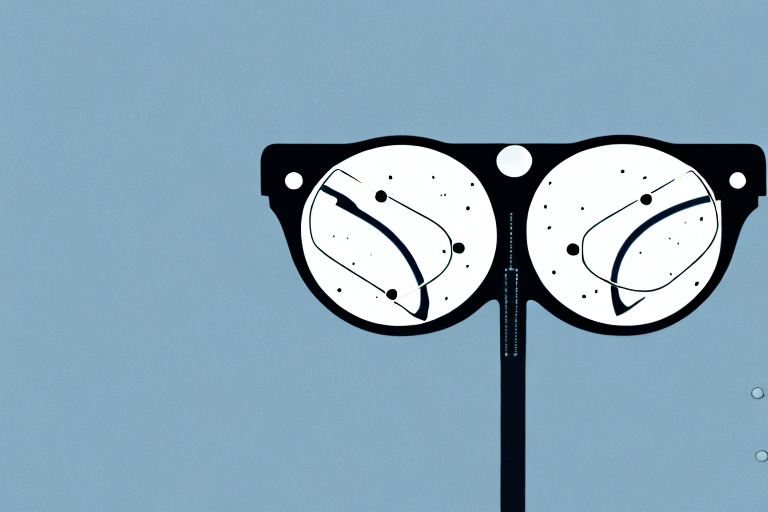
An Overview of Traditional Cataract Surgery
The Procedure of Traditional Cataract Surgery
Traditional cataract surgery, a widely performed procedure, is the gold standard for treating cataracts. It involves the removal of the clouded lens and the insertion of an artificial intraocular lens (IOL) to restore vision. The process begins with a small incision made in the cornea, the transparent front part of the eye. This incision allows the surgeon access to the lens, which is located behind the iris, the colored part of the eye.
Once the surgeon gains access to the lens, a specialized tool, known as a phacoemulsification probe, is used to break up the cataract into tiny fragments. This probe emits ultrasound waves that soften and emulsify the cataract, making it easier to remove. The fragmented cataract is then gently suctioned out of the eye, leaving behind the clear lens capsule.
With the cataract removed, the surgeon proceeds to insert the IOL, a small, foldable lens made of biocompatible materials such as silicone or acrylic. The IOL is carefully positioned within the lens capsule, where it permanently resides, providing a clear pathway for light to enter the eye and focus on the retina, the light-sensitive tissue at the back of the eye. Click here to read about LASIK vs. Other Vision Correction Options: Weighing the Pros and Cons to Make the Best Choice.
Pros and Cons of Traditional Cataract Surgery
Traditional cataract surgery has stood the test of time, with a long history of successful outcomes. It is a safe and effective procedure that can significantly improve vision and enhance the quality of life for patients suffering from cataracts. The restoration of clear vision allows individuals to regain their independence and engage in daily activities with ease.
However, it is important to acknowledge that traditional cataract surgery relies on manual techniques, which can introduce some degree of variability in outcomes. The surgeon’s skill and experience play a crucial role in achieving optimal results. While the vast majority of patients experience improved vision after surgery, there can be slight variations in visual acuity and refractive outcomes.
Furthermore, the recovery period following traditional cataract surgery may be slightly longer compared to newer techniques, such as laser-assisted cataract surgery. Patients typically experience mild discomfort, dryness, and blurred vision immediately after the procedure. However, these symptoms usually subside within a few days to weeks, allowing patients to resume their normal activities.
In conclusion, traditional cataract surgery remains a highly effective and widely practiced procedure for restoring vision in individuals with cataracts. Although it involves manual techniques and may have a slightly longer recovery period, the benefits of improved vision and enhanced quality of life far outweigh any potential drawbacks. If you are considering cataract surgery, consult with an experienced ophthalmologist who can guide you through the process and help determine the best approach for your specific needs.
A Closer Look at Laser-Assisted Cataract Surgery
The Science Behind Laser-Assisted Surgery
Laser-assisted cataract surgery is a relatively newer technique that utilizes advanced laser technology to perform key steps of the procedure. This innovative approach has revolutionized the field of ophthalmology, providing patients with improved outcomes and enhanced precision.
During laser-assisted surgery, a femtosecond laser is used to create precise incisions, soften the cataract, and fragment it for easier removal. The laser’s high level of accuracy ensures that the incisions are made with utmost precision, minimizing the risk of complications and improving the overall safety of the procedure.
Furthermore, the laser’s ability to soften the cataract before removal allows for a gentler and more efficient extraction process. This is particularly beneficial for patients with dense or complex cataracts, as it reduces the amount of energy required during surgery, leading to a faster recovery and improved visual outcomes.
In addition to its role in cataract removal, the femtosecond laser can also correct any astigmatism present in the eye. By precisely reshaping the cornea, the laser can address astigmatism during the same surgical procedure, eliminating the need for additional interventions. This not only simplifies the treatment process but also enhances the patient’s visual acuity postoperatively.
Benefits and Drawbacks of Laser-Assisted Surgery
Laser-assisted cataract surgery offers several advantages over traditional surgery. The use of laser technology allows for more precise and consistent results, potentially reducing the risk of complications. The high level of accuracy provided by the femtosecond laser ensures that each step of the procedure is performed with utmost precision, leading to improved visual outcomes and a higher level of patient satisfaction.
Furthermore, the laser’s ability to correct astigmatism can also improve postoperative vision quality. By addressing astigmatism during the same surgical procedure, patients can achieve clearer and sharper vision without the need for additional interventions.
However, it is essential to consider that laser-assisted surgery may have a higher cost compared to traditional surgery, and it may not be covered by insurance in all cases. The advanced technology and specialized equipment required for laser-assisted cataract surgery contribute to the increased cost of the procedure. Patients should consult with their ophthalmologist and insurance provider to determine the financial implications and coverage options.
Despite the potential drawbacks, laser-assisted cataract surgery continues to gain popularity among both patients and surgeons due to its numerous benefits and advancements in technology. As the field of ophthalmology continues to evolve, laser-assisted surgery is expected to become even more refined, offering patients improved visual outcomes and a higher quality of life.
Key Differences Between Traditional and Laser-Assisted Surgery
Comparing Surgical Techniques
The main difference between traditional and laser-assisted cataract surgery lies in the tools used to perform the procedure. Traditional surgery relies on manual techniques, while laser-assisted surgery utilizes advanced laser technology for more precise incisions and cataract removal.
Traditional cataract surgery involves the use of handheld instruments, such as a scalpel, to create a small incision in the eye. The surgeon then uses specialized tools to break up and remove the cloudy lens, allowing for the insertion of an artificial lens. This technique requires skill and precision on the part of the surgeon.
On the other hand, laser-assisted cataract surgery employs a femtosecond laser to perform several key steps of the procedure. The laser is used to create precise incisions, soften the cataract, and break it into smaller fragments, making it easier to remove. This technology allows for greater accuracy and control during the surgery.
Recovery and Results: Traditional vs. Laser-Assisted
The recovery process after cataract surgery is generally similar for both traditional and laser-assisted techniques. However, some studies suggest that patients who undergo laser-assisted surgery may experience quicker visual recovery and potentially have fewer complications during the healing process.
After cataract surgery, patients are typically advised to take it easy for a few days and avoid any strenuous activities. Eye drops are prescribed to help prevent infection and reduce inflammation. It is important to attend follow-up appointments with the surgeon to monitor the healing progress and ensure optimal results.
In traditional cataract surgery, the healing process involves the eye’s natural healing mechanisms closing the incision and adjusting to the new artificial lens. This process can take several weeks, during which the patient may experience some blurriness or fluctuations in vision.
In laser-assisted cataract surgery, the use of the laser technology may result in a more precise incision, potentially leading to faster healing and visual recovery. The laser’s ability to break up the cataract into smaller fragments may also reduce the need for excessive manipulation of the eye during surgery, potentially decreasing the risk of complications.
However, it is important to note that the benefits of laser-assisted cataract surgery may vary from patient to patient, and not everyone may experience significant differences in recovery or visual outcomes compared to traditional surgery.
Factors to Consider When Choosing a Cataract Surgery Method
Patient’s Health and Medical History
Before deciding on a cataract surgery method, it is crucial to consider your overall health and any pre-existing conditions you may have. Your ophthalmologist will evaluate your medical history and perform a comprehensive eye examination to determine the most suitable approach.
Cost and Insurance Considerations
Cost is another important factor to consider when deciding between traditional and laser-assisted cataract surgery. While laser-assisted surgery may offer some advantages, it typically comes with a higher price tag. It is essential to discuss the financial aspect with your doctor’s office and your insurance provider to determine coverage and potential out-of-pocket costs.
Ultimately, the choice between traditional and laser-assisted cataract surgery should be made in consultation with your ophthalmologist. They will consider various factors, such as the severity of your cataracts, your eye health, and your personal preferences, to recommend the most appropriate treatment option for you. Both traditional and laser-assisted techniques have their benefits and drawbacks, and your doctor will guide you in making an informed decision that suits your individual needs.
